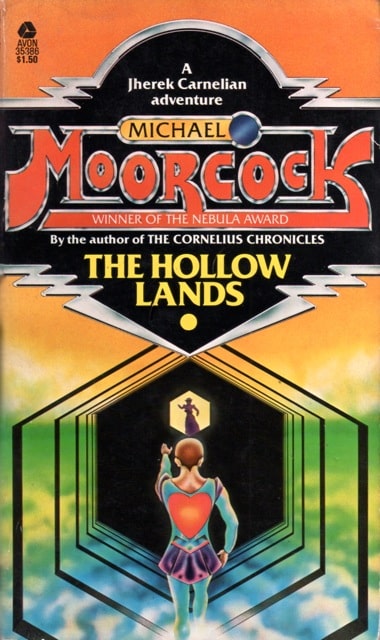A to Z Review: “After the Sky Fell,” by Rob Vagle
 Rob Vagle’s “After the Sky Fell” is set in a small bar in Carman, Minnesota run by Marv, who is in love with one of his waitresses, Rose. Rose works in the bar in between trips to explore the variety of places on earth: Alaska, South America, anywhere that isn’t the small town in which she and Marv live. Fortunately for Marv, Rose reciprocates his love, even if she has more of a sense of adventure than he has and can’t be contained in the world he knows.
Rob Vagle’s “After the Sky Fell” is set in a small bar in Carman, Minnesota run by Marv, who is in love with one of his waitresses, Rose. Rose works in the bar in between trips to explore the variety of places on earth: Alaska, South America, anywhere that isn’t the small town in which she and Marv live. Fortunately for Marv, Rose reciprocates his love, even if she has more of a sense of adventure than he has and can’t be contained in the world he knows.
Reflecting on their relationship, Marv realizes that he needs to move outside his comfort zone and considers selling the bar in order to travel with Rose to wherever she wants to go rather than trying to corral her in the familiar and safe confines of his bar. For Marv, the bar is a comfortable place, his home. He knows his regulars, he enjoys serving the college students who play pool, but he also realizes that he must change and push his own comfort levels if we wants to maintain and expand his relationship with Rose.
Things change when Tiffany, another one of Marv’s employees, informs Marv that there are blue rain drops falling outside. Going outside, Marv, Rose, and the rest of his customers see a world in which the firmament has fallen to earth, appearing like a large skyblue lake stretching across the bar’s parking lot. While the falling sky is incredible and eye catching, when they looked up, they could see the mechanism of the universe, clockwork gears, moving in their inexorable motion.


